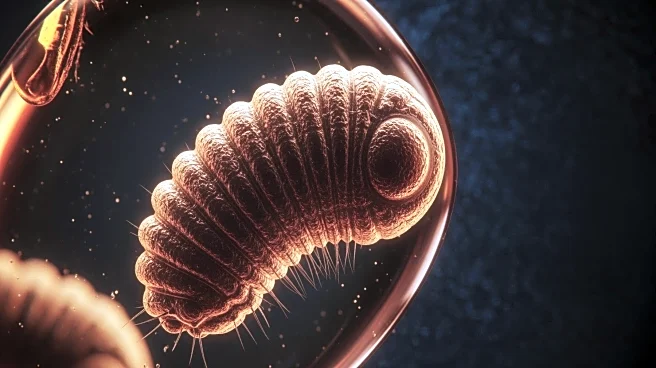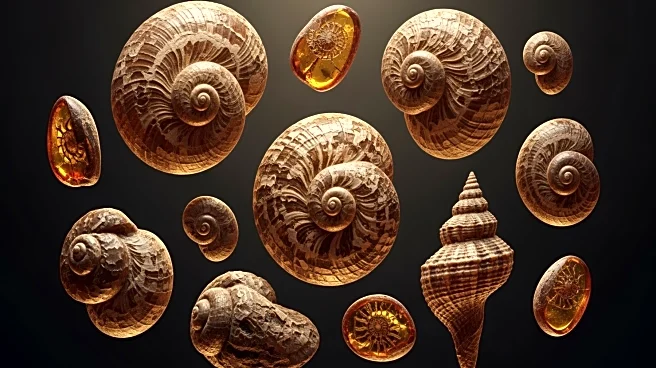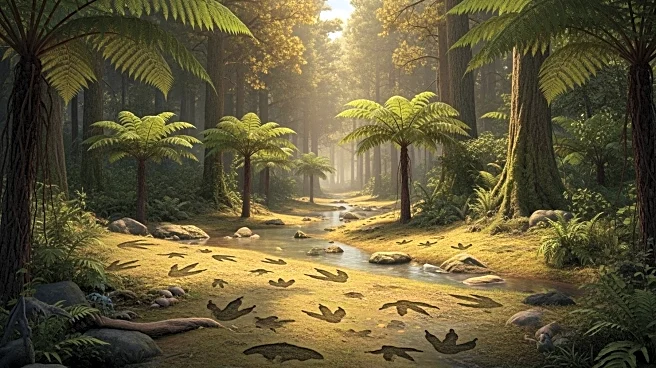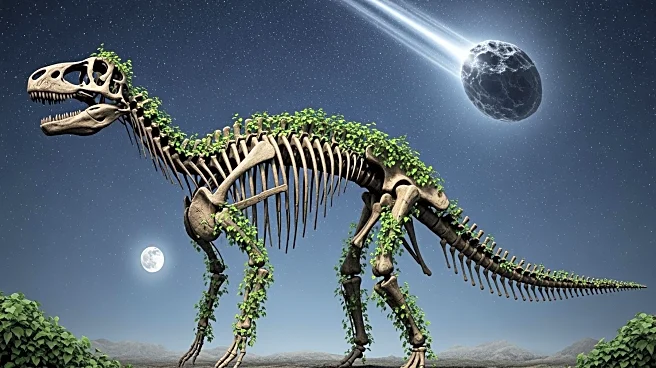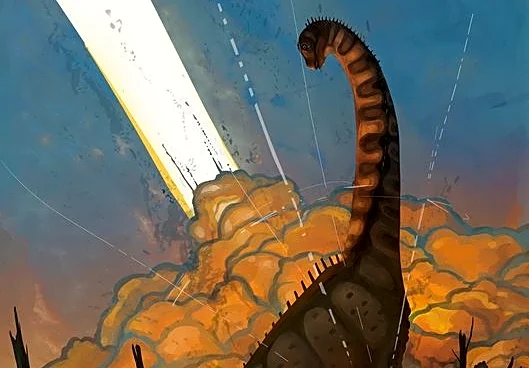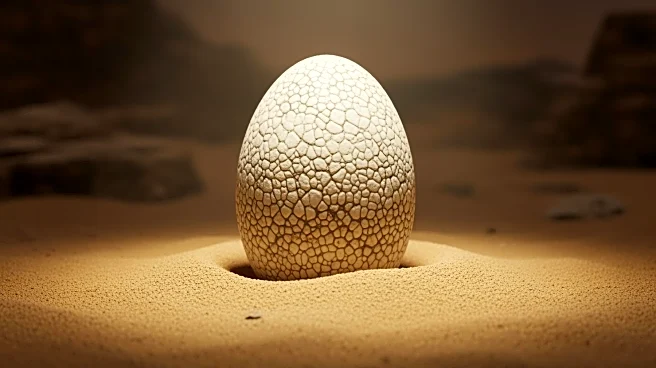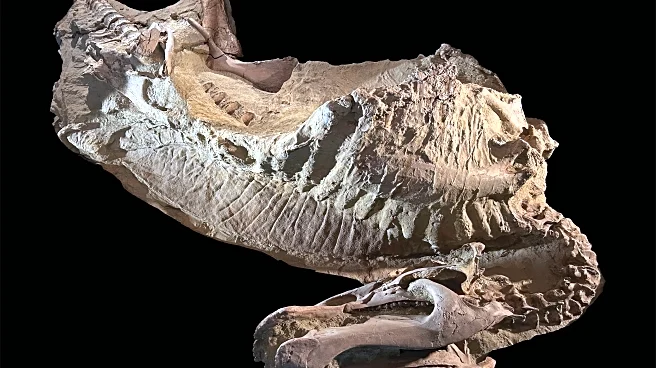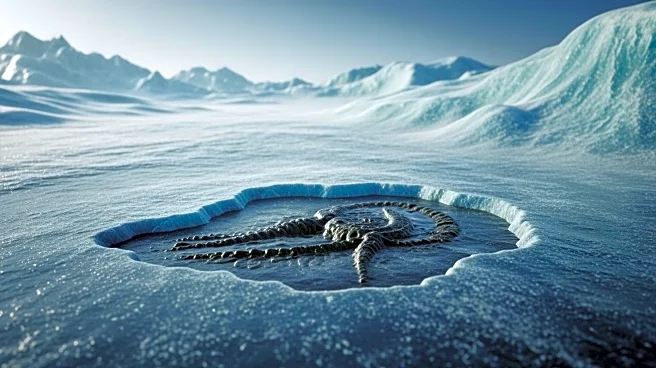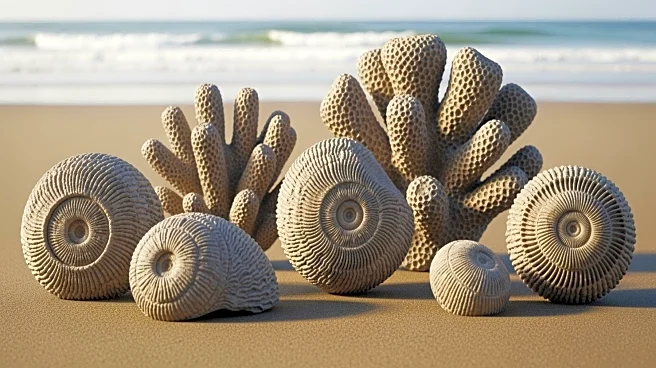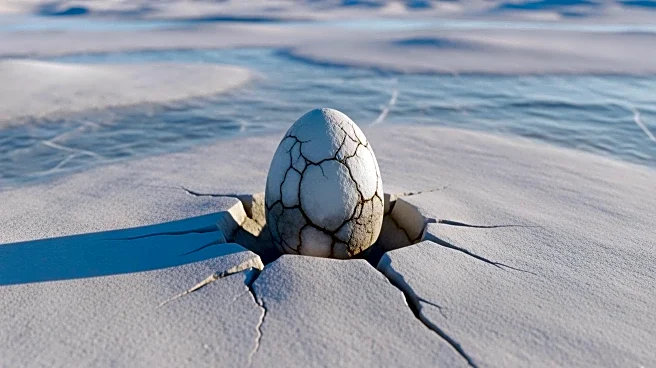What's Happening?
Paleontologists Karma Nanglu and Danielle de Carle have made significant discoveries regarding ancient parasites, including a mysterious fossil known as the 'Riddler' and the oldest-ever leech fossil.
These findings provide insights into the long history of parasitism, which dates back over 500 million years. Despite the rarity of parasite fossils due to their soft tissue composition, these discoveries offer valuable information about the evolution and impact of parasites throughout history. The research highlights the challenges in finding and preserving such fossils, as well as the stories they tell about the power and persistence of parasitism.
Why It's Important?
Understanding the history of parasitism is crucial for comprehending the ecological and evolutionary roles parasites have played over millions of years. These discoveries can inform current scientific knowledge about parasite-host relationships and their impact on ecosystems. By studying ancient parasites, researchers can gain insights into how these organisms have adapted and evolved, potentially influencing modern parasitology and related fields. The findings may also contribute to broader discussions on biodiversity and the interconnectedness of life forms throughout Earth's history.
What's Next?
Further research and exploration are likely to continue in the field of paleontology to uncover more about ancient parasites and their roles in prehistoric ecosystems. Scientists may focus on locating additional fossils and employing advanced technologies to analyze them, potentially revealing new information about the evolution of parasitism. Collaboration among paleontologists and other researchers could lead to a deeper understanding of the ecological dynamics of past eras, influencing current scientific approaches to studying parasites and their interactions with hosts.
Beyond the Headlines
The discovery of ancient parasite fossils raises ethical and scientific questions about the preservation and study of rare specimens. It also highlights the importance of maintaining and accessing collections in museums and research institutions, where many such fossils are stored. These findings may prompt discussions on the conservation of paleontological sites and the need for funding and support for ongoing research in this field.


